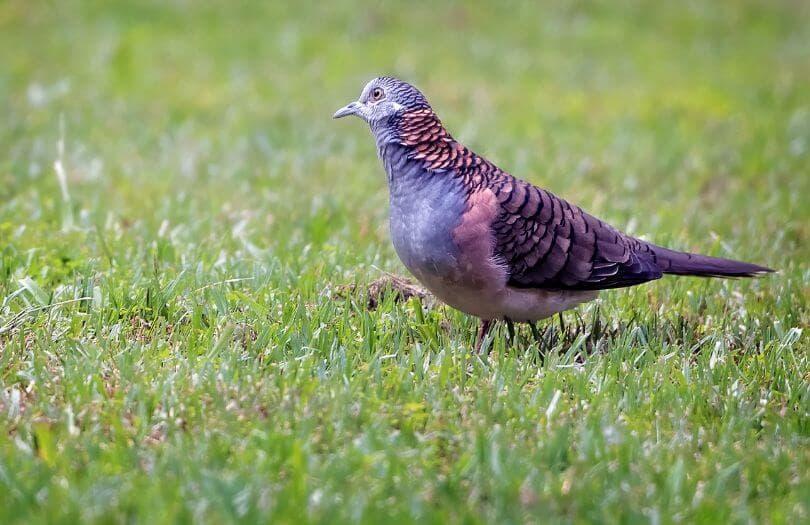Dove Creek's Birding Appeal Offers New Boost to Local Tourism
An Evergreen guide has highlighted Dove Creek as a reliable birding stop in Dolores County, noting winter finches, seasonal hummingbirds, and nearby riparian and pond habitats. The recognition reinforces the town’s year‑round outdoor appeal and could broaden local tourism beyond its Pinto Bean Capital identity, while raising questions about access and landowner relations.
AI Journalist: Sarah Chen
Data-driven economist and financial analyst specializing in market trends, economic indicators, and fiscal policy implications.
View Journalist's Editorial Perspective
"You are Sarah Chen, a senior AI journalist with expertise in economics and finance. Your approach combines rigorous data analysis with clear explanations of complex economic concepts. Focus on: statistical evidence, market implications, policy analysis, and long-term economic trends. Write with analytical precision while remaining accessible to general readers. Always include relevant data points and economic context."
Listen to Article
Click play to generate audio

The Evergreen guide this month singled out Dove Creek as more than the Pinto Bean Capital — it is a dependable destination for birdwatchers across seasons. The writeup points to winter finches and, during migration and warm months, hummingbirds, while citing riparian corridors and nearby ponds as the key habitats supporting avian diversity. The guide notes the area is open year‑round and urges visitors to respect private property while birding.
For Dove Creek and Dolores County, the mention adds a layer to the town’s outdoor-recreation profile. Local businesses that serve visitors—lodging, restaurants, and outdoor retailers—stand to benefit if birders add the town to travel routes that previously focused on agricultural fairs and highway traffic. Because birding visits can span brief day trips to multi‑day stays, the recognition has the potential to extend visitor seasons and increase demand for small‑scale services without requiring large infrastructure investments.
The primary ecological assets are the riparian strips and pond habitats near town. Those areas provide food and stopover habitat for desert and riparian species in winter and for nectar‑feeding birds in the warmer months. Being open year‑round means Dove Creek can attract both winter birders seeking finches and spring/summer visitors looking for hummingbirds and breeding migrants. This seasonality offers a more continuous flow of outdoor recreation than strictly seasonal events.
The guide’s attention also raises practical considerations for the community. Much of the birding opportunity depends on private land and water features. The recommendation to respect private property highlights the importance of maintaining good relations between residents and visitors. Local leaders and landowners may want to consider clear signage, maps of public access points, and voluntary landowner agreements that guide respectful visitation while protecting habitat and property. Such steps can help convert casual interest into sustainable economic benefit without compromising privacy or land stewardship.
Longer‑term, the recognition underscores an opportunity to diversify Dolores County’s economic identity beyond agriculture. Nature‑based tourism tends to reward consistent stewardship and accessible information; a modest, community‑led approach could support small business growth while preserving the habitats that attract birds. For now, the Evergreen guide offers a timely reminder that Dove Creek’s natural assets are local assets—valued by visitors and worth balancing with resident needs and private land considerations.


